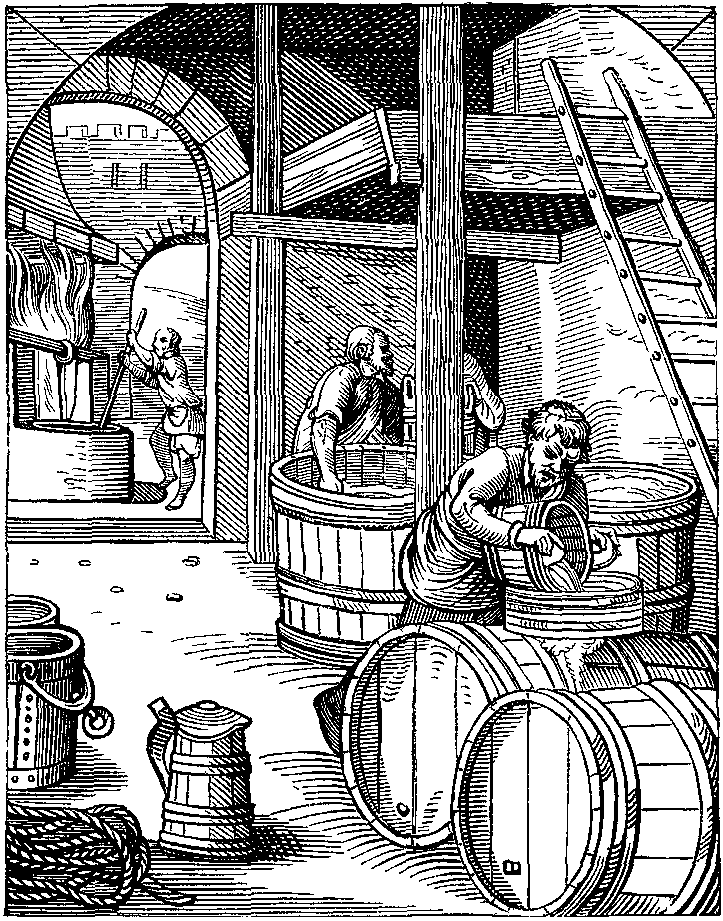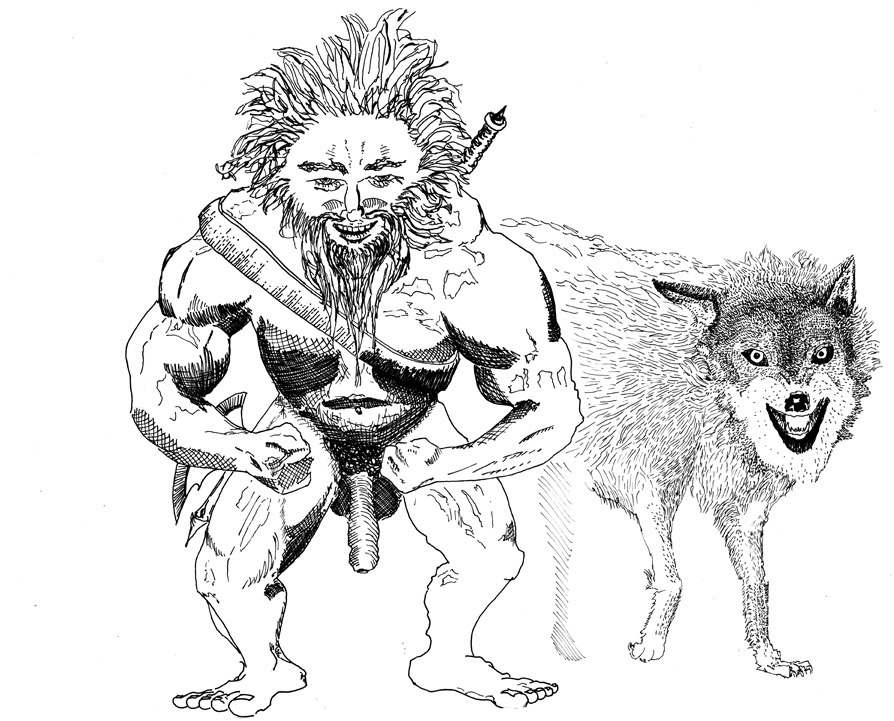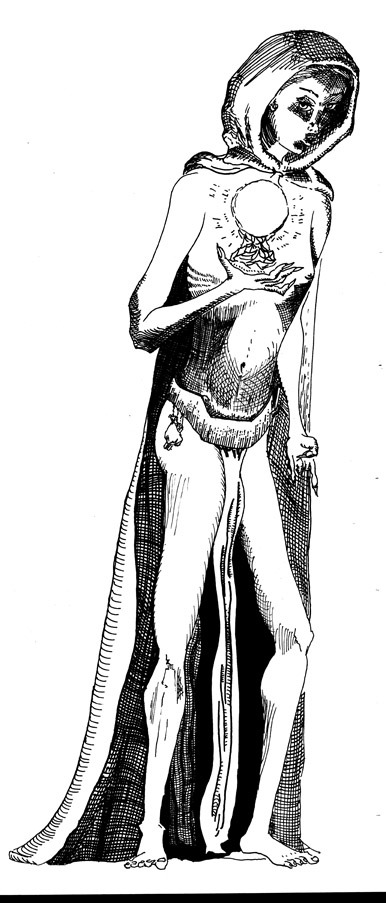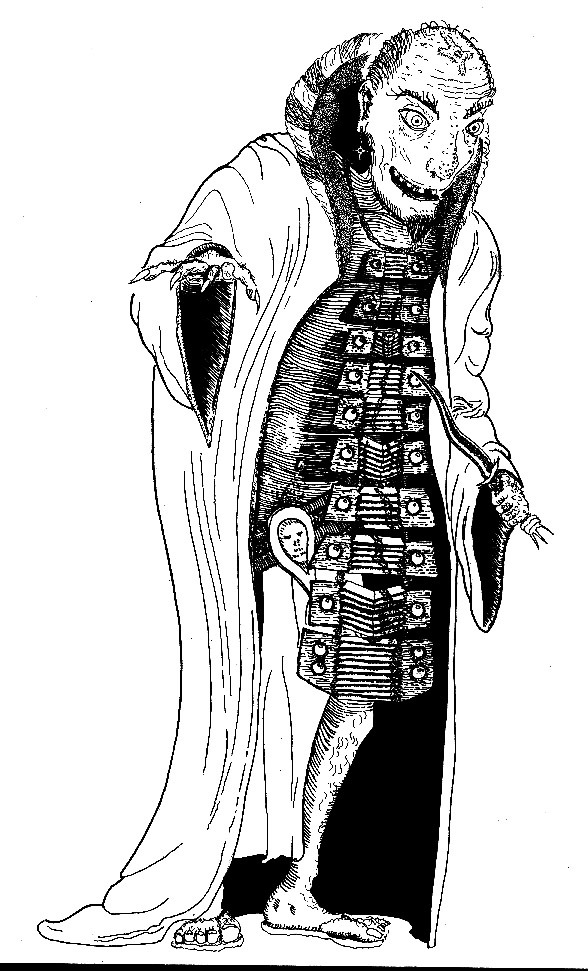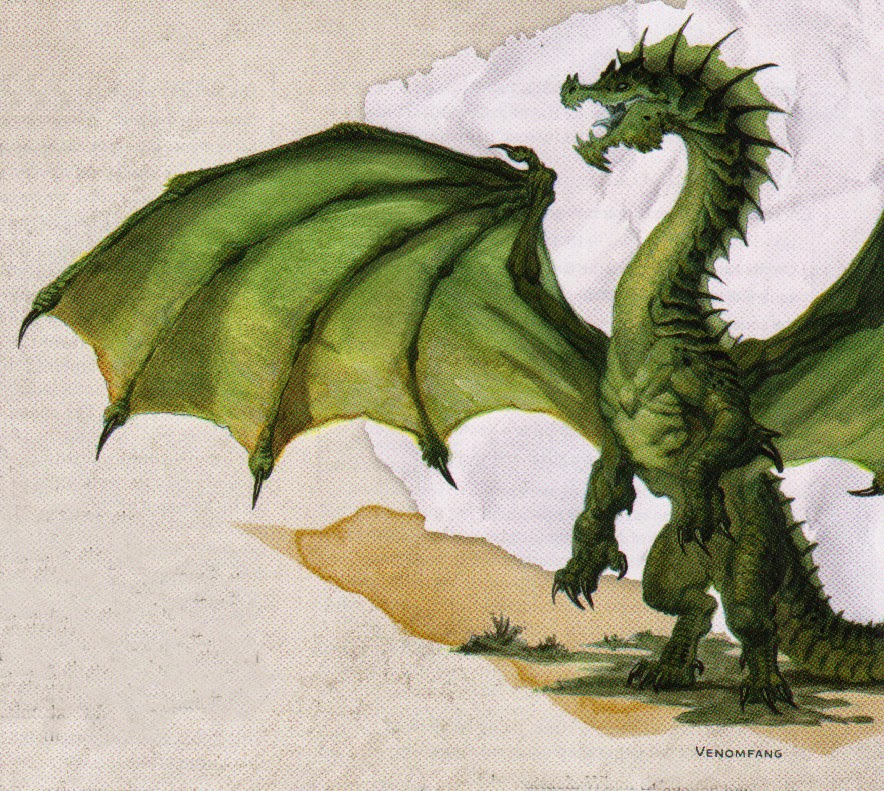Investment.
The only rational action when seeing a dragon destroying a city is to NOPE yourself somewhere else as quickly as possible.
The best way to start the campaign is to ask the players this question.
"Are you a bad enough dude to kill Tiamat?"
If the answer to that question is no, play a different campaign. If the answer is yes, then you've invested the players.
Investing the characters is easier. There are good backgrounds in the back of the book. Any of the Dragon Features would let them know that the Cult of the Dragon is either about bringing back Tiamat or have the world toil under the wrath of Dracoliches. Either way, the world is the place where the characters keep all their stuff. Also, there's a Hoard. Or there will be one by the time we're done.
In any case, the players are free to make whatever choices they wish. If they want to steal all the treasure for themselves or join the cultists, very little needs to change. At some point, when they realize that the arrival of Tiamat will result in the destruction of the entire world, they can fight the cult, or you know, not.
My characters will be between 4th and 6th level, and I'll be adjusting the difficulty towards that end. I have to change very little, the players will just end up more capable. Spoilers, obviously. Both for Hoard of the Dragon Queen and for my home group.
Having my kobold replacement, the winged Dragon-Dog (see Remix: Part I) land on and kill the man by ripping out his throat and the woman turn to defend her children is a good opener (as suggested by +Bryce Lynch).
The players are free to skip the encounter and take any actions they want. If they head to a different fortified area (such as the mill or the church) run that encounter and have a priest or a miller have taken command of the local forces, and have that person give quests to the characters. (again as suggested by +Bryce Lynch).
There is a mechanic designed to give the players experience if they run from encounters, involving townsfolk. This is a very fourth edition type mechanic, trying to ensure that the players are at the "correct" experience point level. I'm keeping it, but adding difficult in exchange for the extra experience.
After making it to the keep, (or church or mill), the Cobalt Cultists surround it, jamming lightning rods into the ground and surrounding it with troops.
Assigning Missions:
Upon reaching the keep/church/mill, the characters are brought to the general/priest/miller. The characters reach the town at 2100. They have until 0400 to run missions. That's seven hours for missions and resting. Reaching the keep takes the first hour, leaving six more hours to complete missions. There are six missions. Assuming the characters rest, some missions will have to be missed. What isn't listed in the book is what the consequences for failing each mission is.
Three of the missions (Sally Port, Dragon Attack, and Half-Dragon Champion) happen at/to the keep. The others involve leaving the keep.
Though presented as being able to complete missions in any order, realistically, you must complete the Old Tunnel first and the Half-Dragon Champion last. Of the remaining five, two of them happen at the keep.
The timeline happens below
2100: Characters reach town
2200: Characters are in the keep/church/mill and are given the Old Tunnel Quest
2300: Once the old tunnel is open, the characters may choose any hour to rest or leave the keep to rescue townsfolk or capture prisoners.
0000: Dragon Attack
0100: Invasion of the Sally Port
0200: Save the Mill
0300: Sanctuary
0400: Half-Dragon Champion
For the events between midnight and three in the morning, if the characters are resting, they will have the request for help occur just after they begin their rest. They then have the option of taking on the activity or finishing the rest. If they have sallied forth, they become aware of the activity while out in the town and can continue to the site of the activity.
Theory: Why am I doing this? Because if the players can accomplish all the encounters they are not being forced to make any meaningful choices. I'm also going to add consequences for failed missions, meaning that they will feel responsible for not being able to stop the actions of the Dragon Cult. This is conversion, which I'll talk about later. There is no way they can string all these encounters together without a short rest. I certainly believe this is the intent with the setup in the module—a first level party certainly needs a short rest between some of these. The penalty of "not getting experience", isn't really.
The other parts of this encounter are nice: The characters or cultists automatically noticing the other based on player choice, the chances to be detected moving in and out of the tunnel.
The only rational action when seeing a dragon destroying a city is to NOPE yourself somewhere else as quickly as possible.
The best way to start the campaign is to ask the players this question.
"Are you a bad enough dude to kill Tiamat?"
If the answer to that question is no, play a different campaign. If the answer is yes, then you've invested the players.
Investing the characters is easier. There are good backgrounds in the back of the book. Any of the Dragon Features would let them know that the Cult of the Dragon is either about bringing back Tiamat or have the world toil under the wrath of Dracoliches. Either way, the world is the place where the characters keep all their stuff. Also, there's a Hoard. Or there will be one by the time we're done.
In any case, the players are free to make whatever choices they wish. If they want to steal all the treasure for themselves or join the cultists, very little needs to change. At some point, when they realize that the arrival of Tiamat will result in the destruction of the entire world, they can fight the cult, or you know, not.
My characters will be between 4th and 6th level, and I'll be adjusting the difficulty towards that end. I have to change very little, the players will just end up more capable. Spoilers, obviously. Both for Hoard of the Dragon Queen and for my home group.
Entering the town
Several changes need to be made directly to support a freer, more open exploration of the town. The original structure of "Do this, go here." is explicitly called out by the writers as providing guidance for new players and Dungeon Masters.- Instead of having an abstract mechanic for encounters, have a more specific one.
- Currently the module calls for two failed stealth checks to equal an encounter.
- Replace with make stealth checks as a group to move 50 feet on the map. On two failures, have an encounter, per the table in Part I.

- Sneaking and bluffing are at advantage when the party is moving through town, unless they are escorting townsfolk to the keep. If the party is travelling with townsfolk, captured cultists, or other encumbrances, sneaking and bluffing are at disadvantage.
- A party that is first level or less experienced should grant advantage on all checks.
Having my kobold replacement, the winged Dragon-Dog (see Remix: Part I) land on and kill the man by ripping out his throat and the woman turn to defend her children is a good opener (as suggested by +Bryce Lynch).
The players are free to skip the encounter and take any actions they want. If they head to a different fortified area (such as the mill or the church) run that encounter and have a priest or a miller have taken command of the local forces, and have that person give quests to the characters. (again as suggested by +Bryce Lynch).
There is a mechanic designed to give the players experience if they run from encounters, involving townsfolk. This is a very fourth edition type mechanic, trying to ensure that the players are at the "correct" experience point level. I'm keeping it, but adding difficult in exchange for the extra experience.
After making it to the keep, (or church or mill), the Cobalt Cultists surround it, jamming lightning rods into the ground and surrounding it with troops.
Assigning Missions:
Upon reaching the keep/church/mill, the characters are brought to the general/priest/miller. The characters reach the town at 2100. They have until 0400 to run missions. That's seven hours for missions and resting. Reaching the keep takes the first hour, leaving six more hours to complete missions. There are six missions. Assuming the characters rest, some missions will have to be missed. What isn't listed in the book is what the consequences for failing each mission is.
Three of the missions (Sally Port, Dragon Attack, and Half-Dragon Champion) happen at/to the keep. The others involve leaving the keep.
Though presented as being able to complete missions in any order, realistically, you must complete the Old Tunnel first and the Half-Dragon Champion last. Of the remaining five, two of them happen at the keep.
The timeline happens below
2100: Characters reach town
2200: Characters are in the keep/church/mill and are given the Old Tunnel Quest
2300: Once the old tunnel is open, the characters may choose any hour to rest or leave the keep to rescue townsfolk or capture prisoners.
0000: Dragon Attack
0100: Invasion of the Sally Port
0200: Save the Mill
0300: Sanctuary
0400: Half-Dragon Champion
For the events between midnight and three in the morning, if the characters are resting, they will have the request for help occur just after they begin their rest. They then have the option of taking on the activity or finishing the rest. If they have sallied forth, they become aware of the activity while out in the town and can continue to the site of the activity.
Theory: Why am I doing this? Because if the players can accomplish all the encounters they are not being forced to make any meaningful choices. I'm also going to add consequences for failed missions, meaning that they will feel responsible for not being able to stop the actions of the Dragon Cult. This is conversion, which I'll talk about later. There is no way they can string all these encounters together without a short rest. I certainly believe this is the intent with the setup in the module—a first level party certainly needs a short rest between some of these. The penalty of "not getting experience", isn't really.
Consequences
Each of the missions will have consequences for failure or bonuses for success. They are listed below. Changes, theory, and issues with the actual missions are listed following that.- Old Tunnel: Failing to open the old tunnel will not allow the players to leave the keep. +200 survivors if opened.
- Invasion of the Sally Port: The two level 3 clerics in the keep (which I just added) die, and can no longer heal the party. +60 survivors.
- Dragon Attack: Succeeding in driving off the dragon before 10 defenders are killed, causes Langdedrosa Cyanwrath to have 10 fewer hit points. Driving him off after 10 guards are killed does nothing. Skipping the encounter grants Langdedrosa Cyanwrath +10 temporary hit points. +200 survivors minus guards killed.
- Save the Mill: Successfully taking out the raiders removes 5 hit points from Langdedrosa Cyanwrath. Recognizing the trap grants the character who fights him +10 temporary hit points in the champion fight. +30 survivors
- Prisoners: In addition to the bonus experience, every prisoner successfully returned alive and interrogated grants any character in the party one automatic success on a future social interaction roll with the cult during this adventure path.
- Sanctuary: Successfully rescuing the temple with less than 10 people dying allows Eadyan Falconmoonto return to the keep as a level 5 cleric to cast Protection From Energy (Electricity) against a character in the final fight, in addition to his services as a level 5 cleric. Having more than 5 townspeople die provides no extra bonus or penalty. Ignoring the church grantsLangdedrosa Cyanwrath +10 temporary hit points. +50 survivors.
- Half-Dragon Champion: In addition to the listed bonuses, winning this fight grants an extra share of experience to the person fighting it. (He's worth 1,100. If defeated, the party gets 275, and the person killing him gets 550.) -1 survivor per execution.
Thus, if the players are successful at the missions, the final fight and success at the rest of the adventure becomes more likely. Failing a lot of the missions just returns you to the default state of auto-losing the final battle. This way, players can affect their fates.
Casualties
Greenrest, being a small town, has a population of between 901-2,000. The map provided shows about 100 houses. You can assume an equal amount to that in the surrounding area. Being a fairly wealthy area, we can estimate between 5-7 people on average, per household, for a total of about 1,200 people. With no intervention 1,000 die. Each cultist/kobold/mercenary killed saves 5 people, each ambush drake/urd/dragonclaw killed saves 10 people, each mission saves the amount listed above. Each townsfolk rescued saves another person. Grant an additional 1 experience at the end for every one of the 1,000 dead that is saved by the party to each player character. It is totally possible to save the entire town if the party is heroic & violent enough!![]() Old Tunnel
Old Tunnel
The major issue is opening the gate. If the DC to unlock it fails, unlocking it can become impossible. Here is a check with a consequence. This is a non-trivial chance. You need a DC 10 Dexterity check to open it with the key, and even with an 18 Dexterity, that still means a 5% chance of permanently ruining the lock by failing by more than 5. All that is fine.
After that only a successful DC 15 Strength check can open the door. Either the check can be retried (ad infinitum) in which case why make the players roll the check. Or the intent is, once the check is failed, too bad, you can't leave the keep by this route, completely eliminating all the external quest options, then you are playing "roll X or higher to play the game". In a path, this is terrible. In a home game, it can be a nightmarish consequence.
Note that if a strength check is made at all, the raiders notice the players, eliminating that as a possible consequence to succeeding at the first try versus retrying. Is this nitpicking? I paid 30 bucks for a hardcover adventure that was designed for use. I do not believe that the intent was to eliminate the ability to exit the keep. I welcome an explanation or defense of this requested Strength check. If my group fails their Strength check to open the gate, then the gate will not open. Taking steps to aid and provide advantage on this check is probably a good idea.
They can leave through the front gate, in which case they are attacked by 2 hostile forces in the encounter table, and encounters are rolled from there as normal. Other stealthy options for leaving are noted in the Prisoner section, with their own caveats.
They can leave through the front gate, in which case they are attacked by 2 hostile forces in the encounter table, and encounters are rolled from there as normal. Other stealthy options for leaving are noted in the Prisoner section, with their own caveats.
The other parts of this encounter are nice: The characters or cultists automatically noticing the other based on player choice, the chances to be detected moving in and out of the tunnel.
The Sally Port
An attack in the keep, during the night. The characters are requested to repair the breach and face a combat with reinforcements.
The biggest issue with this is that it's a boring combat. Let's address that.
The biggest issue with this is that it's a boring combat. Let's address that.
- Round 1: The characters enter and see a Acolyte and two Dragon-Dogs.
- Round 2: The Acolyte says, "RELEASE THE DRACO-GOD SPAWN!!". The other two Dragon-Dogs bring in the Ambush Drake.
- Round 3-6: Nothing. If the players win combat, ask them what they are doing. Barricading the door can prevent the second ambush. Allow them to take 1 substantial action per round they end the combat early (i.e. don't enforce-six second rounds).
- Round 7: Reinforcements arrive. If the opening is blocked off, they can't get through.
- Round 8: The parapets shake and debris falls in the room.
- If the characters are in combat in the room with cultists, have everyone make a DC 10 Dexterity Check or take 2d6 damage. The sally port can then be sealed after the combat.
- If the Cultists are outside the door, have the sally port collapse on them, killing them instantly and smashing the door, closing off the tunnel entrance.
Isn't that more exciting, random, and deadly?
Note that I make the consequences of choices explicit (but not specific) before the players make them.


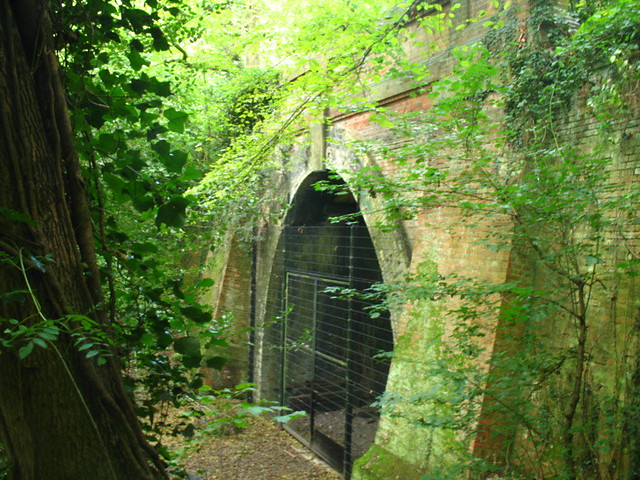

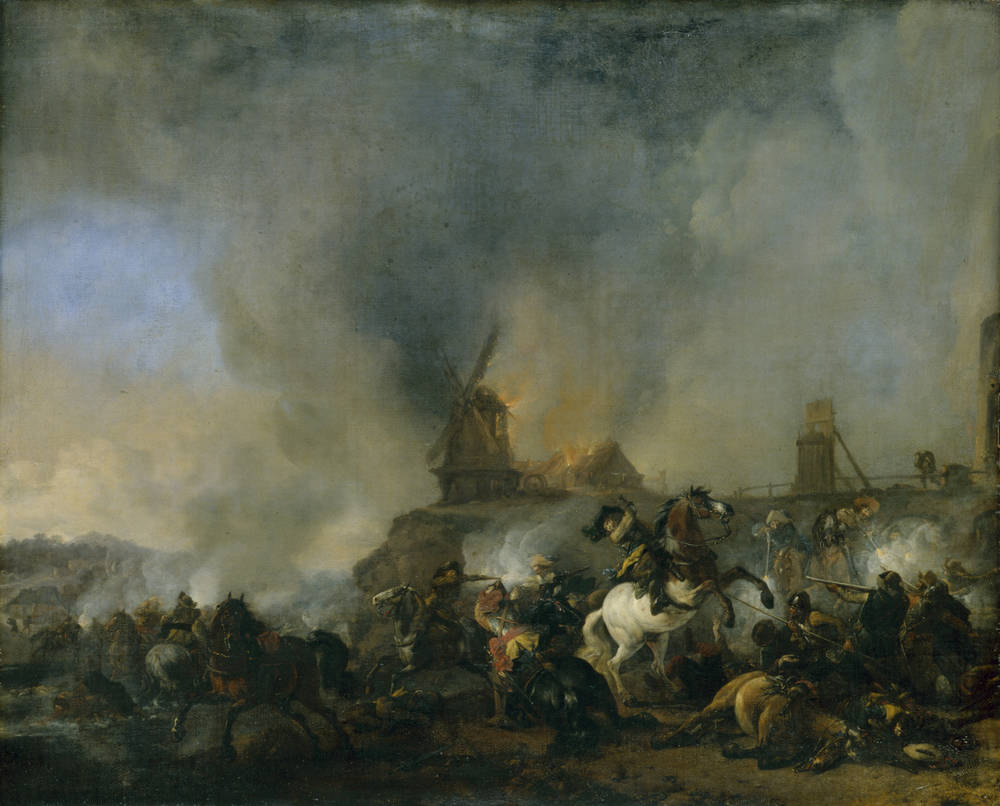










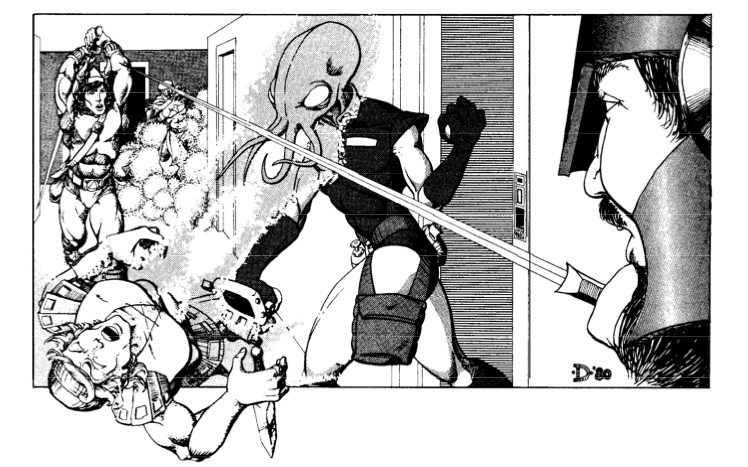



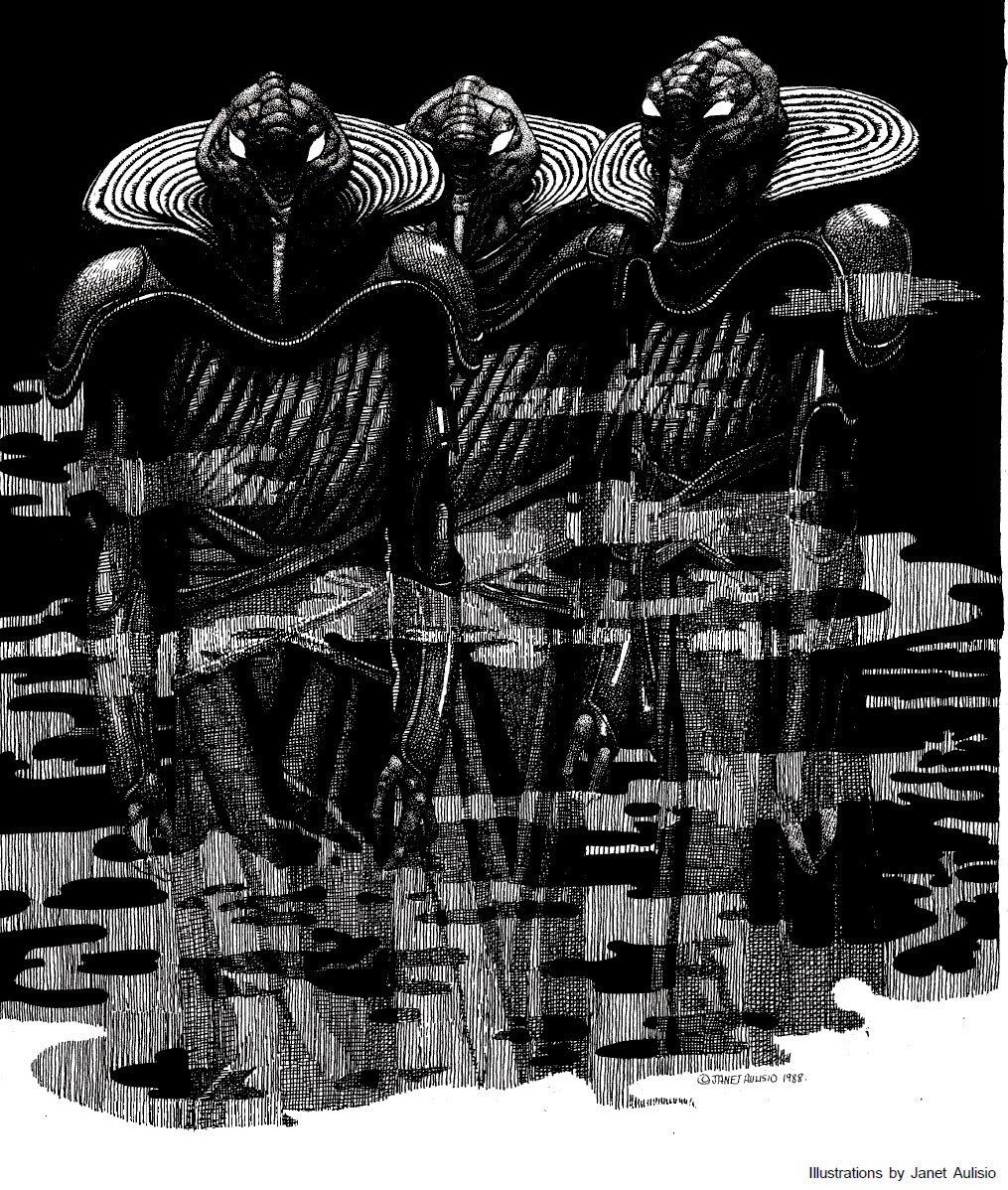
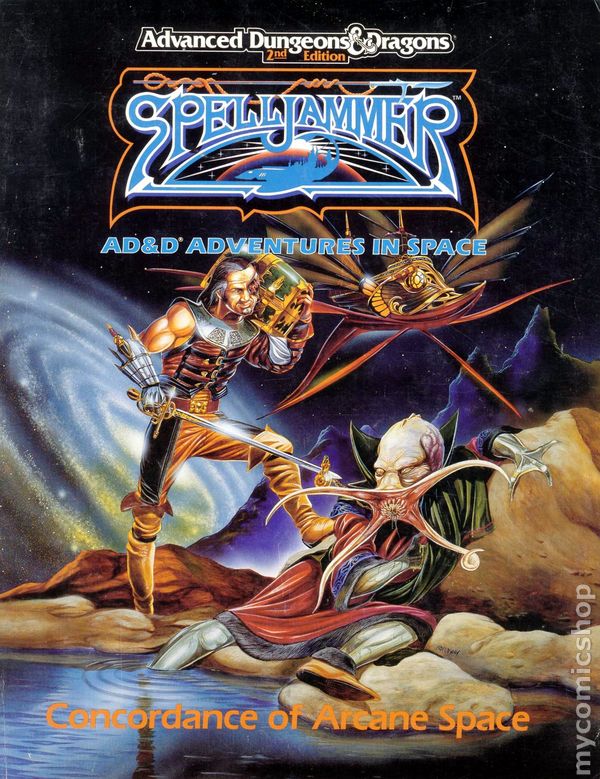






















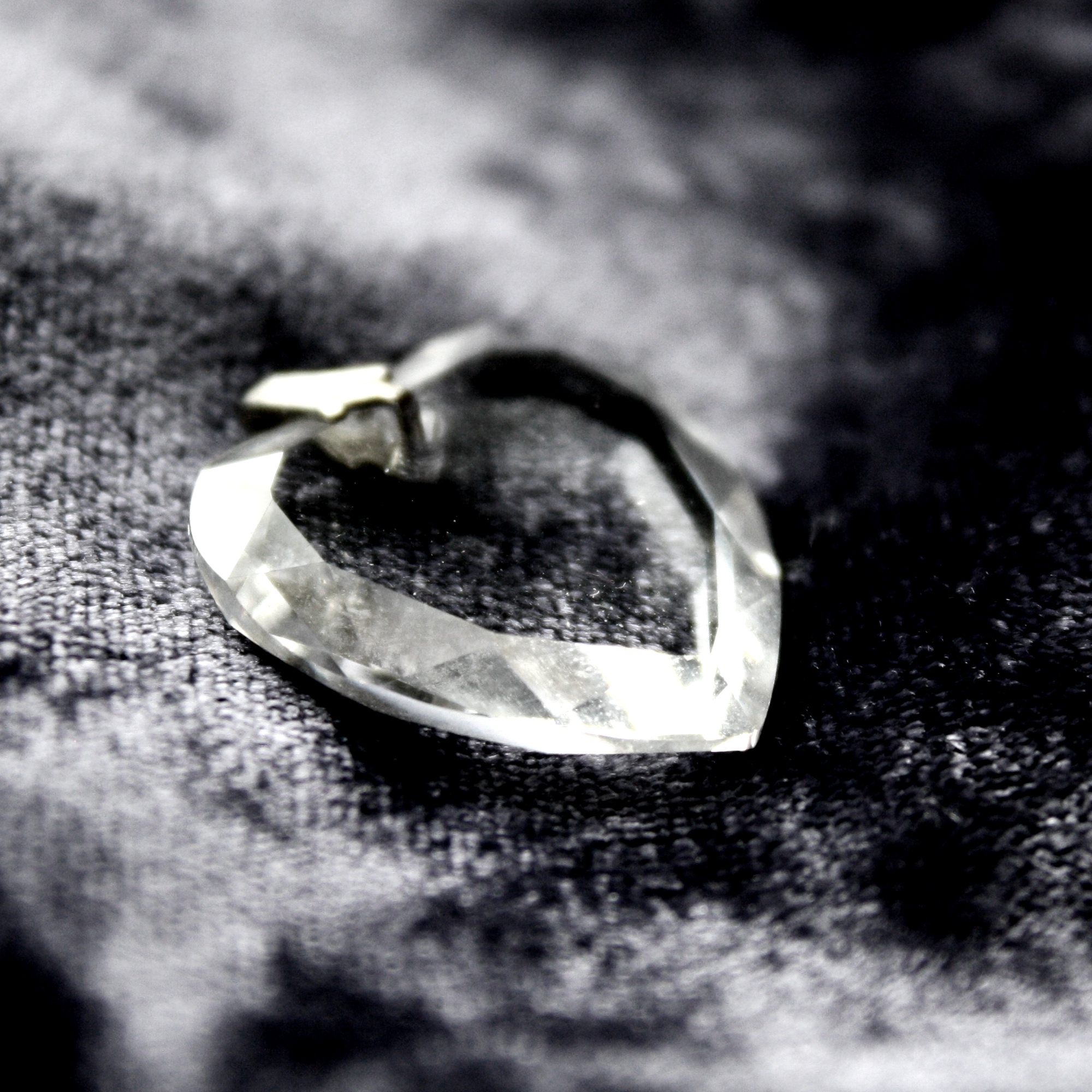



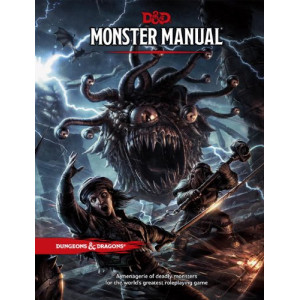







.jpg)

